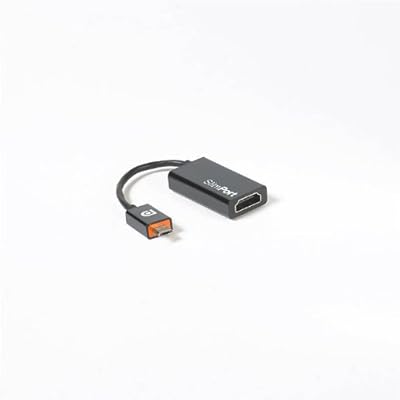Nexus 4 USB OTG feature seems disabled by firmware (I think kernel modules), but its SlimPort HDMI works so far using this small adapter found on Amazon.
More on USB OTG is detailed on this issue report on Google Android project page. Google decided to change manual pages, changing the keyboard and mouse USB OTG support to Bluetooth ones. This wasn't the case few weeks ago (here it is the screenshot). Cause has been spotted on Gerrit code review (Mako cannot supply 5V). No confirmation by Google on this almost 600-stars issue.
No audio transport so far - at least with my monitor - an ASUS VH232H (has built-in speakers). Hope it will implemented in future Android updates.
Just for info, the main differences between MHL (seen on SGS SII, SIII, Note, Note II) are:
- You don't have to plug the adapter into a charger. The option is there (if you want to charge the phone) but you can also use it without an adapter.
- Slimport will have VGA, DVI, and DisplayPort adapters as well. Slimport to VGA will be useful for connecting to projectors.
- Slimport supports higher resolutions, 60 fps, 3D, etc. Basically it's more future-proof.
- Royalty-free. MHL still requires royalties to Silicon Image, like HDMI, while Slimport is DisplayPort, and royalty-free. The royalties are small, but they're there, and somebody has to pay for them!
More from Engadget.
Feel free to ask for screenshots, photos or informations.








